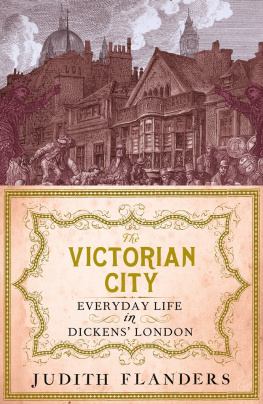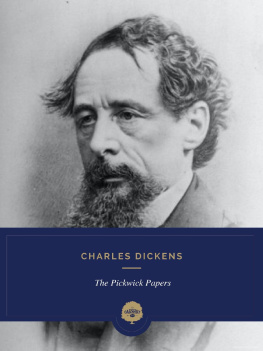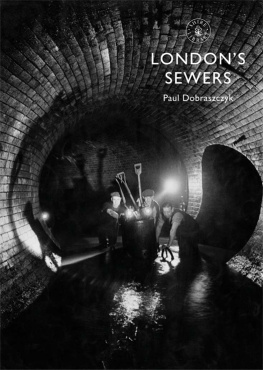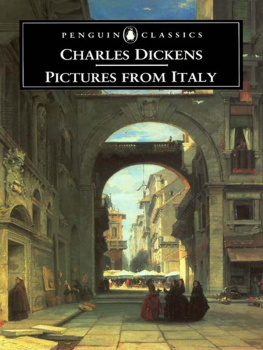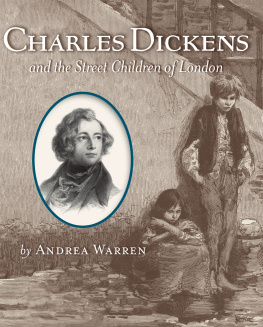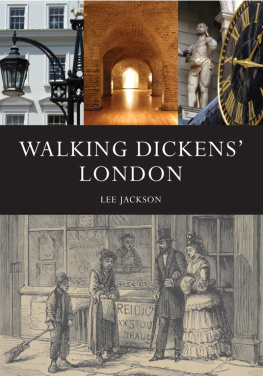The Victorian City
Judith Flanders, a Senior Research Fellow at the University of Buckingham, is the author of the bestselling The Victorian House: Domestic Life from Childbirth to Deathbed (2003); the critically acclaimed Consuming Passions: Leisure and Pleasure in Victorian Britain (2006); A Circle of Sisters (2001), which was nominated for the Guardian First Book Award; and, most recently, The Invention of Murder (2011). She lives in London.

ALSO BY JUDITH FLANDERS
The Victorian House: Domestic Life from Childbirth to Deathbed
Consuming Passions: Leisure and Pleasure in Victorian Britain
A Circle of Sisters: Alice Kipling, Georgiana Burne-Jones, Agnes Poynter and Louisa Baldwin
The Invention of Murder

First published in Great Britain in 2012 by Atlantic Books,
an imprint of Atlantic Books Ltd.
Copyright Judith Flanders, 2012
The moral right of Judith Flanders to be identified as the author of this work has been asserted by her in accordance with the Copyright, Designs and Patents Act of 1988.
All rights reserved. No part of this publication may be reproduced, stored in a retrieval system, or transmitted in any form or by any means, electronic, mechanical, photocopying, recording, or otherwise, without the prior permission of both the copyright owner and the above publisher of this book.
1 2 3 4 5 6 7 8 9
A CIP catalogue record for this book is available from the British Library.
Hardback ISBN: 978-1-84887-795-5
E-book ISBN: 978-0-85789-881-4
Designed and typeset in Adobe Garamond by Lindsay Nash
Printed in Great Britain
Atlantic Books
An imprint of Atlantic Books Ltd
Ormond House
2627 Boswell Street
London
WC1N 3JZ
www.atlantic-books.co.uk
For Ravi
With thanks
One may easily sail round England, or circumnavigate the globe. But not the most enthusiastic geographerever memorised a map of LondonFor England is a small island, the world is infinitesimal amongst the planets. But London is illimitable.
F ORD M ADOX F ORD , The Soul of London
Cityful passing away, other cityful coming, passing away too: other coming on, passing on. Houses, lines of houses, streets, miles of pavements, piled up bricks, stones. Changing hands. This owner, that. Landlord never dies they say. Other steps into his shoes when he gets his notice to quitPyramids in sand. Built on bread and onions. Slaves. Chinese wall. Babylon. Big stones left. Round towers. Rest rubble, sprawling suburbs, jerrybuiltbuilt of breeze. Shelter for the night.
No one is anything.
J AMES J OYCE , Ulysses
ACKNOWLEDGEMENTS
This book is the product of a lifetime of London-loving and Dickens-loving, and I must first and foremost thank those great London and Dickens scholars who have enriched my reading: Peter Ackroyd, Philip Collins, John Drew, Madeline House, Susan Shatto, Michael Slater, Graham Storey and Kathleen Tillotson.
As always, I am indebted to the members of the Victoria 19th-century British Culture and Society mailbase for their tolerance of my seemingly random queries, and for their vast stores of knowledge. And to Patrick Leary, list-master extraordinaire, go not merely my thanks for creating such a congenial environment, but also for pointing me towards the Regents Park skating disaster.
I am grateful to my agent Bill Hamilton for his skill, and for his patience and tolerance.
I thank, too, all those at Atlantic Books, past and present: Alan Craig, Karen Duffy, Lauren Finger, Richard Milbank, Sarah Norman, Bunmi Oke, Sarah Pocklington, Orlando Whitfield and Corinna Zifko. My thanks too to Jeff Edwards, Douglas Matthews, Lindsay Nash, Leo Nickolls and Tamsin Shelton. The wonderful pictures were found by Josine Meijer, while Celia Levett, with her sensitive and rigorous copy-editing, improved every sentence of the text.
Finally, I owe my career to Ravi Mirchandani, now my publisher but, before I became a writer, my friend. Stop talking about it, he told me then. Write it. So I have. This book is for him.
A NOTE ON CURRENCY
Pounds, shillings and pence were the divisions of the currency. One shilling is made up of twelve pence; one pound of twenty shillings, i.e. 240 pence. Pounds are represented by the symbol, shillings as s, and pence as d (from the Latin, denarius). One pound, one shilling and one penny is written as 1 1s 1d. One shilling and sixpence, referred to in speech as one and six, is written as 1s 6d, or 1/6.
A guinea was a coin to the value of 1 1 0. (The actual coin was not circulated after 1813, although the term remained and tended to be reserved for luxury goods.) A sovereign was a twenty-shilling coin, a half-sovereign a tenshilling coin. A crown was five shillings, half a crown 2/6, and the remaining coins were a florin (two shillings), sixpence, a groat (four pence), a threepenny bit (pronounced thrupny), twopence (pronounced tuppence), a penny, a halfpenny (pronounced haypny), a farthing (a quarter of a penny) and a half a farthing (an eighth of a penny).
Relative values have altered so substantially that attempts to convert nineteenth-century prices into contemporary ones are usually futile. However, the website http://www.ex.ac.uk/~RDavies/arian/current/howmuch.html is a gateway to this complicated subject.



LIST OF ILLUSTRATIONS
Colour Plates
INTRODUCTION
A Dickensian scandal for the 21st century blares one newspaper headline. No one should have to live in such Dickensian conditions, says another. Today Dickensian means squalor, it means wretched living conditions, oppression and darkness.
Yet Dickens finished his first novel with a glance at the sunny Mr Pickwick and his friends: There are dark shadows on the earth, but its lights are stronger in the contrast. Some men, like bats or owls, have better eyes for the darkness than for the light. We, who have no such optical powers, are better pleased to take our last parting look at the visionary companions of many solitary hours, when the brief sunshine of the world is blazing full upon them. The brief sunshine of the world blazed out in full in Dickens work and, early in his career in particular, that was the way his contemporaries saw it. For them, Dickensian meant comic; for others, it meant convivial good cheer. It was not until the twentieth century, as social conditions began to improve, that Dickensian took on its dark tinge. In Dickens own time, the way that people lived was not Dickensian, merely life.
The greatest recorder the London streets has ever known through whose eyes those streets have become Dickensian was not born in London at all, but in Portsmouth, on 7 February 1812, where his father, a clerk in the navy pay office, was working. Apart from a brief foray to the capital as a toddler, In 1815, he and his family had lodged in Norfolk Street, near Tottenham Court Road, just steps away from the grim-faced Cleveland Street Workhouse. On their return to London in 1822, they moved to the newly developing, lower-middle-class district of Camden Town slightly to the north. Bayham Street was still rural enough for grass to grow down the centre of the road, and the houses that lined the street were new. This is not to say the Dickenses lived lavishly. Dickens parents, five children, a servant and the stepson of Mrs Dickens deceased sister were all crammed into the little two-storey, yellow-brick house. Dickens authorized biographer and lifelong friend, John Forster, called Camden Town about the poorest part of the London suburbs and described the house as a mean small tenement, with a wretched little back-garden abutting on a squalid court. (The word court in nineteenth-century London always meant a dead-end alley that housed slum lodgings.) Yet the residents listed by one of Dickens childhood neighbours small shopkeepers; the local building contractor do not bear this out, nor does the rent of 22 per annum well beyond the reach of the washerwoman Forster claimed was their nearest neighbour. It seems as if, unconsciously, Dickensian, meaning the dark without the light, was retrospectively being imposed on Dickens himself.
Next page
